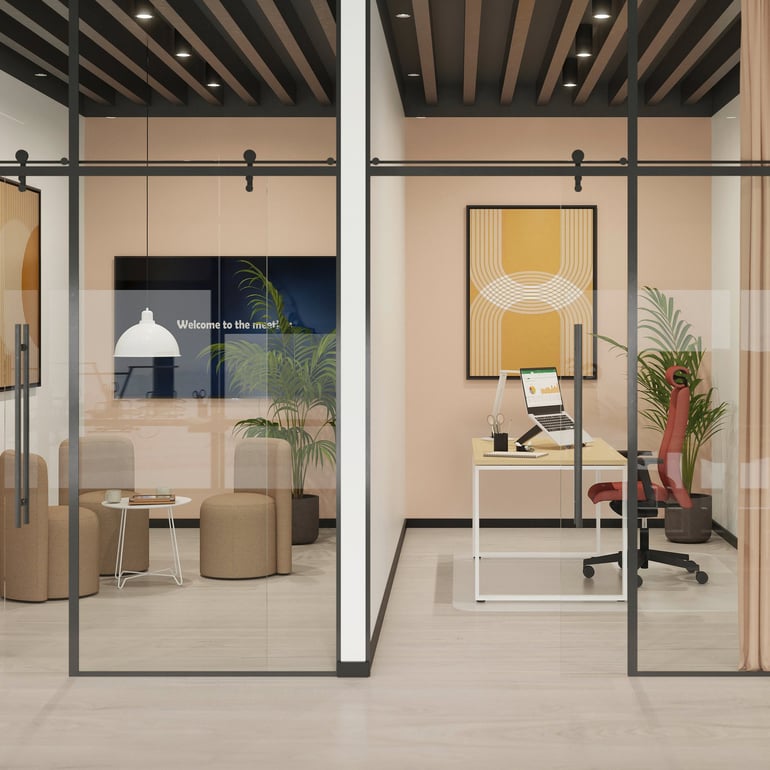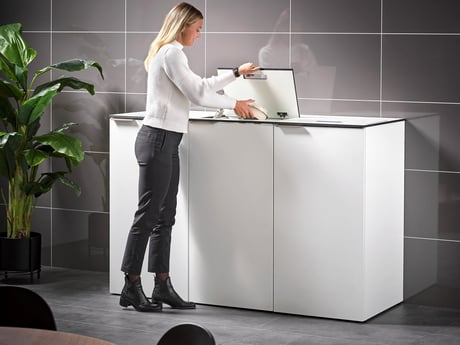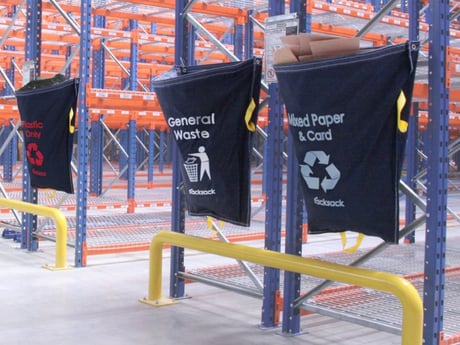- AJ Products UK
- Blog: Tips to Inspire Happiness at Work
- Improving the work environment
- Why is Cleanliness Important in the Workplace?
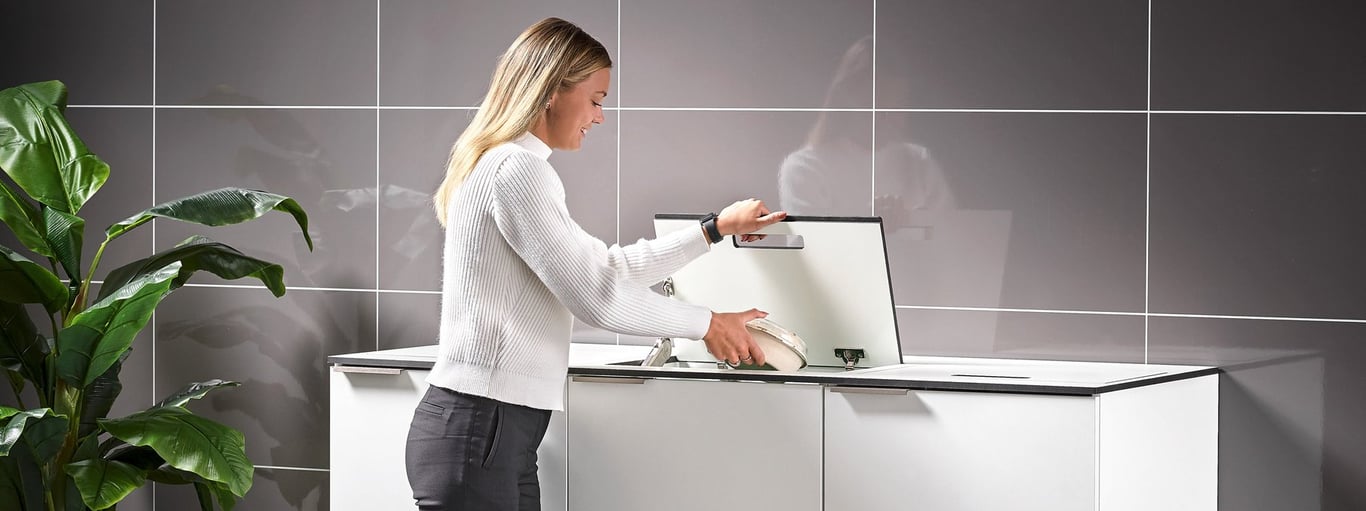
Why is cleanliness important in the workplace?
Maintaining cleanliness in the workplace is about more than just appearances—it’s a crucial factor in creating a healthy, productive, and professional environment. Cluttered desks, leftover food, and waste paper are just a few of the culprits that contribute to untidy workspaces.
Studies suggest that a clean and organised workplace fosters employee motivation and professionalism while promoting overall well-being. (Haneef, 2014¹) Let’s explore why cleanliness is vital in the workplace and how it contributes to a thriving organisation:
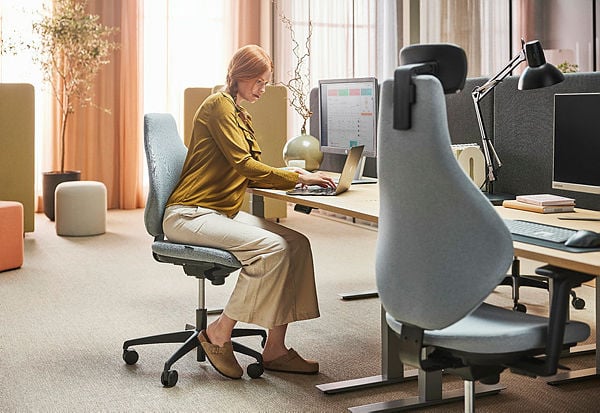
1. Enhancing productivity
A clean workspace leads to better focus and increased efficiency. Employees working in an organised environment are more likely to feel motivated and engaged in their tasks. Cleanliness can also drive morale, fostering a sense of pride and belonging within the organisation (360 Services, 2014²). Simple measures such as placing waste bins in easily accessible areas can encourage employees to maintain a clutter-free workspace.
While some argue that a little mess can spark creativity, ongoing clutter often leads to mental distractions. One way to tackle this is by using the Golden Question, a concept shared by Forbes magazine contributor Simon Reynolds: “Can I get away with this being here?” If the answer is no, tidy it away. Encouraging staff to reset their desks at the end of each day also helps maintain an environment where employees can return to a fresh, focused start in the morning.
2. Supporting employee well-being
3. Making a strong impression
Clean desks, organised storage (such as lockers and filing cabinets), and visible, well-placed bins contribute to the sense of order. This applies not only to interiors but also to outdoor areas—installing rubbish bins and ashtrays in smoking areas and keeping external spaces tidy creates a consistent image of care and attention to detail.
4. Reducing long-term costs
Investing in high-quality cleaning equipment and supplies is a cost-effective way to prevent these issues. Businesses should also consider scheduling periodic deep cleans to keep all areas in top condition.
5. Practical tips for maintaining workplace cleanliness
- Encourage employees to tidy their desks at the end of each day.
- Use the Golden Question as a quick-decision making tool for clutter.
- Place clearly labelled bins for general waste, recycling, and compost in high-traffic areas.
- Provide cleaning supplies such as disinfectant sprays, wipes, and hand sanitisers in shared spaces.
- Schedule professional cleaning services for deep cleaning carpets, upholstery, and other areas that require specialised care.
- Promote a “clean desk” policy to minimise clutter and improve organisation.
- Consider a reward scheme for the tidiest desks or most organised workstations to make cleanliness fun and engaging.
AJ Products: your partner in workplace cleanliness
Explore our website to discover how we can support your workplace cleanliness goals and take the first step towards a healthier, more efficient work environment.
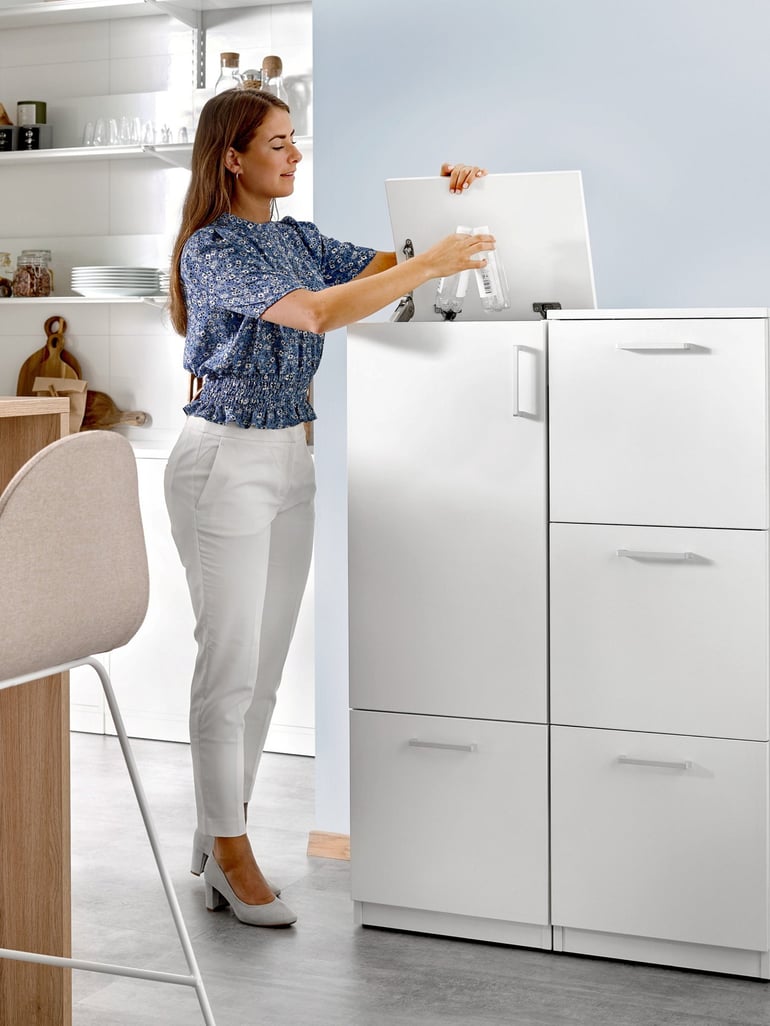
Conclusion
CLICK TO VIEW ALL SOURCES
- Haneef, A. (2014) Personal Hygiene & Cleanliness in the Workplace [online] available from: https://prezi.com/tn2lnymeemwf/personal-hygiene-cleanliness-in-the-workplace/ [accessed November 2015]
- 360 Services (2014) Increasing Productivity Through A Clean Work Environment [online] available from: http://www.360services.com/increasing-productivity-with-a-clean-work-environment/ [accessed November 2015]
- Raesgo, L. (2014) Five Reasons Why Your Workplace Needs To Be Clean Glen Martin [online] available from: http://glenmartinlimited.com/five-reasons-why-your-workplace-needs-to-be-clean/ [accessed November 2015]
The content of this page has been created by a partner with whom AJ Products is currently working. If you have any questions regarding the information on this page, please do not hesitate to contact AJ Products (UK) Ltd.
FAQ
Keeping your workspace clean and tidy helps reduce stress, improves focus, and promotes productivity. It also creates a healthier environment by reducing the spread of germs and allergens. A clean workspace is a reflection of professionalism and fosters better morale among employees.
Cleanliness in the workplace ensures the health and safety of employees, reduces absenteeism, and boosts productivity. A clean environment leaves a positive impression on clients and visitors, enhancing the company’s reputation.
- Establish a clear cleaning schedule for shared spaces like meeting rooms and kitchens.
- Provide accessible cleaning supplies such as disinfectant wipes and hand sanitisers.
- Encourage employees to declutter desks daily.
- Install waste bins for proper disposal of rubbish and recycling.
- Partner with professional cleaners for periodic deep cleaning.
- Improved Productivity: Employees focus better in an organised space.
- Healthier Environment: Fewer illnesses mean less absenteeism.
- Cost Savings: Reduces the need for repairs or replacements of office furniture and equipment.
- Professional Image: Creates a positive impression on visitors and clients.
Cleanliness in the workplace reduces exposure to harmful bacteria, dust, and allergens. This leads to fewer sick days, better mental well-being, and a more positive work culture where employees feel cared for.
- High-traffic areas and shared surfaces should be cleaned daily, while less frequently used spaces may be cleaned weekly. A regular deep-clean schedule—such as monthly or quarterly—helps maintain hygiene standards.
